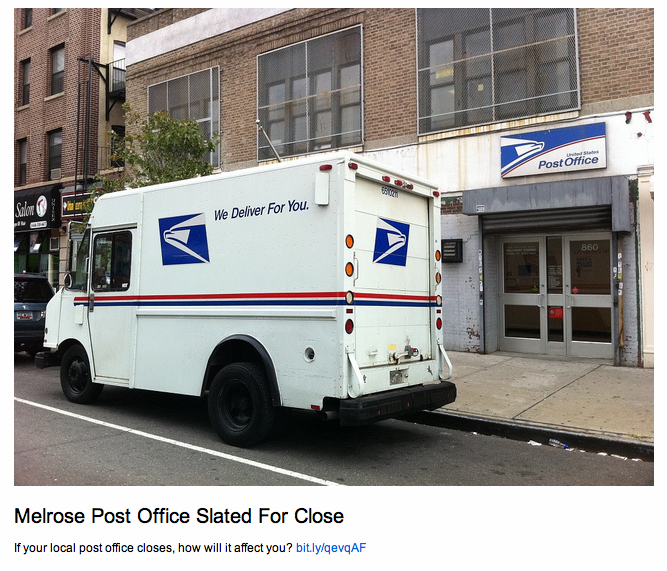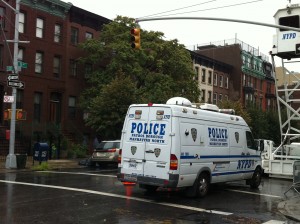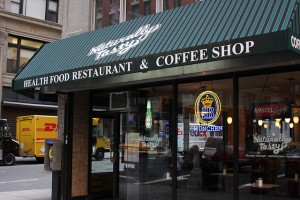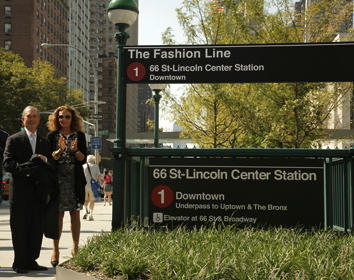The goal: To find out what both native Brighton Beachers and visitors feel about the area’s increasing commercialization. The result: A mixed bag.
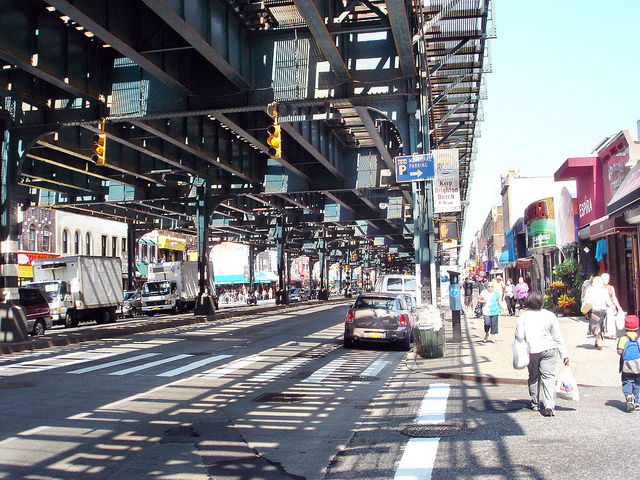
Brighton Beach Avenue, the neighborhood's main shopping center. Photo courtesy of Flickr user Violette79.
I asked a few pointed questions about the changing economy in Brighton: What’s your favorite local business? What’s your reason for visiting Brighton Beach (i.e., beach, Russian culture and food, etc.)? Would you still want to visit the area if it lost its unique “flavor”? In the end, ten people participated. Publicizing the post on Facebook – on both my wall and the walls of groups dedicated to Brighton – garnered me the most responses, though I also put it up on Twitter. Unfortunately, I don’t think I got any Brighton natives, and only three respondents had ever actually visited there before. So the information I got from this survey were more theoretical than practical, though still useful because they all pointed to one definite feeling: That Brighton Beach completely loses its appeal if it’s all chain stores and no more Russian mom-and-pop shops.
 My favorite comment – which really sums up the general mood of the respondents – was from the person who said, “Why visit a place that’s lost its character?”
My favorite comment – which really sums up the general mood of the respondents – was from the person who said, “Why visit a place that’s lost its character?”
Going forward, if I were to do another survey like this, I’d obviously have to change my methods somewhat, though I’m not sure how. More aggressive marketing, maybe? I noticed that there was a spike in the number of responses for the hour or two after I re-posted the survey link on Facebook or Twitter – and then they’d drop off completely. An interesting commentary on how fast life moves online!







